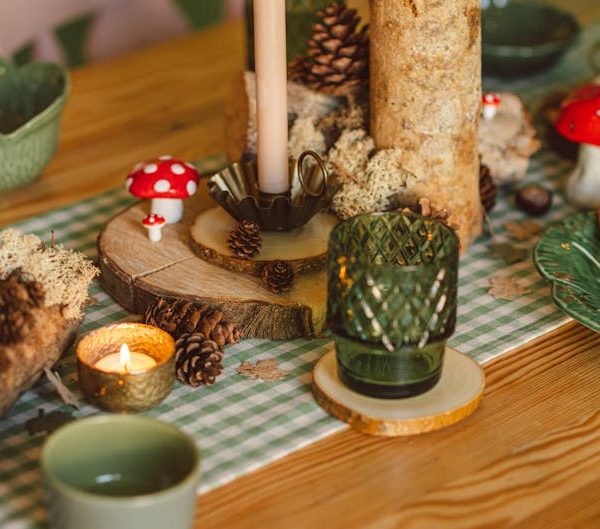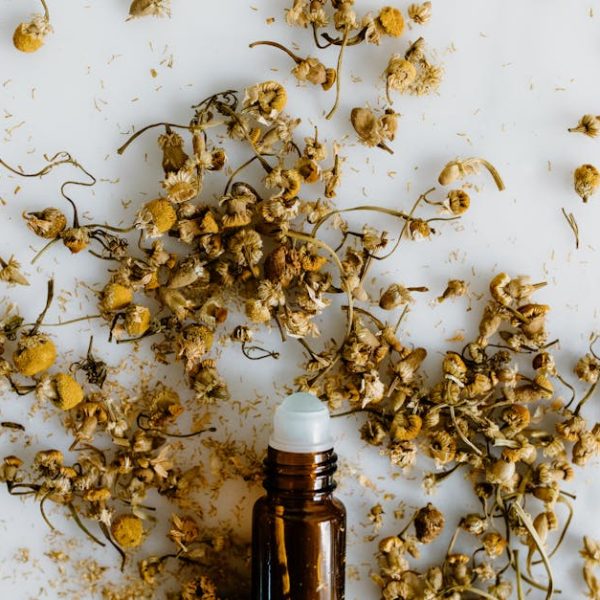As culinary enthusiasts, we adore the zesty punch that fresh ginger delivers to our dishes. But let’s face it – sometimes fresh ginger may not be readily available, or perhaps we are simply looking for alternatives to mix up our meal plan. As luck would have it, the market offers an array of substitutes that can closely mirror or play around with the flavor, texture, and aroma of this beloved root. Ground ginger, dried ginger, crystallized ginger, ginger powder, and ginger paste pose as top alternatives to fresh ginger in your recipes. This article will take you on a gastronomical journey to explore each of these contenders, their usage, best practices, and compatibility with various dishes.
Using Ground Ginger as a Substitute
Among the fastest alternatives to fresh ginger is ground ginger. Pre-ground and ready to sprinkle, it brings a concentrated flavor to recipes. A dash of ground ginger can impart a uniquely warm, sweet yet spicy taste. However, while the dried form is more pungent, it lacks the vibrant aroma and heat of fresh ginger. Among its health benefits, ground ginger retains its high level of gingerol, a compound with powerful anti-inflammatory and antioxidant effects.
- Best Practices: A good rule of thumb is to use ⅛ teaspoon of ground ginger for every tablespoon of fresh ginger. This might still vary with the age and quality of the ground ginger, so adjusting according to taste is recommended.
- Recipes suited: Ground ginger can be effortlessly incorporated into baked goods, hot beverages, marinades, salad dressings, and curries.
Dried Ginger as an Alternative
Dried ginger, concentrated in flavor yet milder than its fresh counterpart, poses as another worthy substitute. It retains its sharpness and adds a delightful crunchy texture when swapped in for fresh ginger. However, to truly harness the flavor, it needs to be rehydrated.
- Pro Tips: Store dried ginger in a cool, dark place and soak it in warm water for about 15 minutes before use to rehydrate it.
- Pros and Cons: While dried ginger’s flavor is more subtle, its texture can be a game-changer in recipes. It also has a longer shelf-life, making it a more convenient substitute. However, it might not suit dishes that call for the distinct fresh and juicy bite of fresh ginger.
Crystallized Ginger for Cooking
Ornamenting desserts and gracing savory dishes alike, crystallized ginger is fresh ginger that has been cooked in syrup and coated with sugar. The sweetness added by this process can bring a new dimension to dishes where the crisp bite and sugary aftertaste complement the recipe.
- Recipes that work well: The new-found sweetness can add a delightful twist to recipes like ginger cookies, ginger-flavored ice creams, stir-fries, and even roasts.
- Checklist: Chop the crystallized ginger finely before using it to avoid a too-sweet bite. Also, reduce the sugar in the recipe to balance the sweetness added by crystallized ginger.
Stay tuned for insights on ginger powder and ginger paste in the next segment.
Ginger Powder: Pantry Must-Have
Ginger powder, much like ground ginger, is dried and ground down to a fine consistency. However, it varies in taste and potency due to the drying process. Ginger powder carries an earthy, mildly sweet flavor with less heat compared to fresh ginger. It is often favored in recipes where a subtler ginger flavor is desired.
- Best Practices: Always store your ginger powder in a cool, dry area to prevent lumps from humidity. When substituting for fresh ginger, use ¼ teaspoon of powder for every tablespoon of the fresh ingredient.
- Versus: Although less aromatic and pungent than fresh ginger, ginger powder has its merits. Due to its mildness, it’s ideal for sweets and baked goods. It also boasts comparable nutritional benefits with ample antioxidants and inflammatory compounds. However, for dishes that call for a vibrant ginger kick, fresh or ground ginger might be better options.
Leveraging Ginger Paste in Recipes
Ginger paste combines the convenience of ready-to-use form with the taste of fresh ginger. Widely available in most supermarkets, it can be a time-saving boon for those last-minute culinary improvisations.
- Pro Tips: A teaspoon of ginger paste can conveniently replace a tablespoon of grated fresh ginger. It’s ideal for marinades, smoothies, and stir-fries, where its smooth consistency blends well.
- List: Recipes like ginger chicken, ginger vegetable stir fry, ginger-spiced smoothies, or ginger teas come alive with the robust flavors of ginger paste.
As you’ve realized by now, fresh ginger isn’t irreplaceable. Although each alternative varies in flavor and potency, all have their unique charm, fitting into different types of dishes. As always, the best way to find your favorite is to plunge right in and experiment in your kitchen. Happy cooking!
Key Takeaway:
- Ground ginger, dried ginger, crystallized ginger, ginger powder, and ginger paste are viable alternatives to fresh ginger in recipes, each offering unique flavor profiles and usage advantages.
- Each substitute requires specific guidelines for use and storage to maximize flavor and health benefits, such as ratios for substitution and rehydration methods.
- Tasting and experimenting with each alternative will help determine which best suits particular recipes and individual preferences.
Remember, cooking is an art and a journey of exploration. Experimenting with these alternatives can unlock diverse flavors, and perhaps, introduce you to a new cooking secret weapon. Embrace the versatility of ginger and let your culinary creativity soar!
FAQs
Q: Can I substitute one form of ginger for another in any recipe?
A: While you have the flexibility to experiment, bear in mind that each form of ginger brings unique flavor profiles and consistencies which may affect the overall result. It might be best to start with recipes suggested for each ginger kind.
Q: Can I make ginger paste at home and how can I store it?
A: Absolutely, homemade ginger paste is usually fresher and healthier. Just blend fresh ginger with a bit of oil until smooth. Store it in an airtight container in the fridge for up to one week or freeze for longer use.
Q: Is the nutritional value the same among all ginger types?
A: While all these forms of ginger share health benefits due to their gingerol content, processing may affect their nutritional value. Fresh ginger generally retains the highest nutritional value.
Q: Where can I find these ginger alternatives?
A: Most of these options are readily available in grocery stores in the spice or international aisle. They are also usually available in health food stores, specialty food shops, and online.
Q: If I only have fresh ginger, how do I make it last longer?
A: Fresh ginger root can be stored in the refrigerator for up to three weeks if it’s left unpeeled. You can also freeze ginger to extend its shelf life. Simply wrap it well in plastic or place it in a freezer bag.
Enjoy your experiments in culinary creativity and do share this article with fellow food enthusiasts. Feel free to explore more informative posts on our website.






